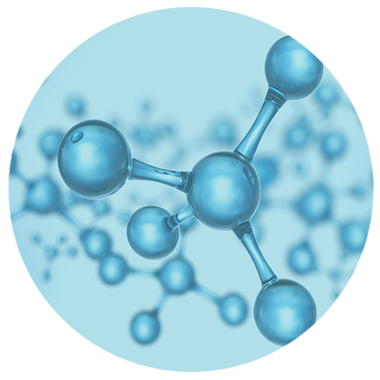Technological projects portfolio

COCAPEC
Conductive inks based on metallic nanoparticles
 USE CASES
USE CASES
Today, technical advances have made it possible to develop alternatives to electronic boards. While these use metals to conduct electricity, conductive inks use a mixture of nanoparticles and polymers.
For the same performance, conductive inks provide metal savings and deposition on flexible substrates. These inks therefore open up applications to new uses.
 ADVANTAGES
ADVANTAGES
To date, the production of metallic nanoparticles remains confined to research laboratories, without reaching the industrial stage, or at least without satisfactory performance. Of the conductive materials, silver is the metal of choice because its cost is relatively reasonable. It also has good electrical conductivity and is stable over time.
Using sustainable processes, COCAPEC is aiming to produce nanoparticles with homogeneous and controlled nanoparticle morphology and sizes offering industrial actors a lower-cost ink using less metal, but with equal performance.
 APPLICATIONS
APPLICATIONS
The main applications of conductive inks are:
– Manufacturing of photovoltaic panels (organic solar)
– RFID tags (printed circuit)
– Biosensors and sensors
– Smart fabrics
– Smart objects
Other applications are under development and will continue to grow over the coming years:
– NFC tags
– Electronics
– Self-driving cars
